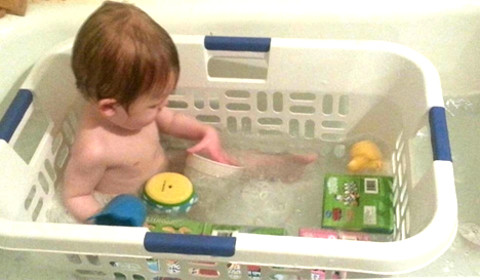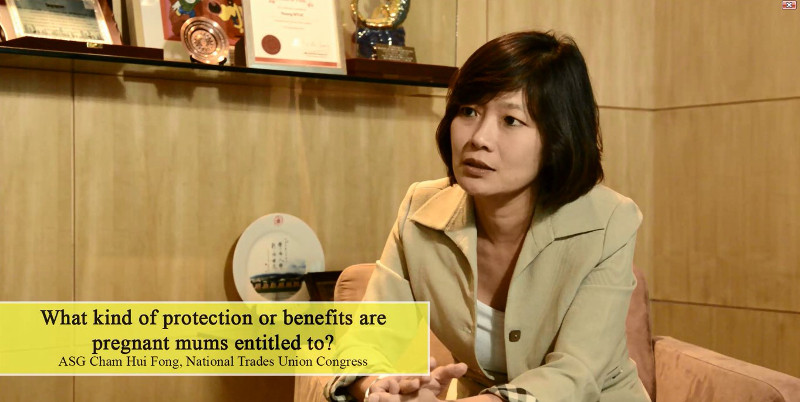It’s not always easy to manage relationships with caregivers. Some caregivers are more amenable to your suggestions while others are less accommodating. The kind of relationship you have with them lies in how you choose to handle these differences.

Whether you are a working or stay-at-home mother, there will come a point in time when a situation calls for you to seek help in caring for your child. If the stars align, you end up perfectly happy with the arrangement; otherwise, you may find yourself throwing your hands up in the air and asking why you thought it was a good idea to hand your child to someone else in the first place.
Here are 4 tips for new mummies.
1. Identify the consequences
There are certain things that cannot be compromised when it comes to caring for a child, such as safety. If the caregivers are doing things that endanger your child, one must and should speak up; should the caregivers not heed your warning, then it’s imperative to remove your child from their care. Some parents may hesitate to do so as they are unable to find alternative caregiving arrangements, or the caregivers are seniors and in normal circumstances, warrant their respect, but the danger is danger, and nothing should stand in the way of ensuring the child’s safety.
2. Pick your battles
Every parent has different preferences when it comes to how the child should be showered, fed, napped, etc. I speak from my own experiences when I say that it can be incredibly frustrating to have caregivers do things their way and not mine, and have my instructions fall on deaf ears. Realistically speaking though, we cannot insist on our preferences to the last detail; there has to be some sort of a compromise for the relationship to work.
One might have to give up feeding organic foods to the child should the caregivers find it challenging to source the ingredients. The caregivers may have to give up using screen time as a way to occupy the child. Unfortunately, a one-size-fits-all solution does not exist as the caregiving relationship is tempered by different personalities, child-rearing experiences and educated (or uneducated) opinions. We just have to pick our battles, weigh our priorities, discuss them with the caregivers, come to a compromise and hope that our common love for the child will override most differences.
3. Live and let live
Of course, we are humans and will pull our hairs out at some point, even in the best caregiving relationships. By all means, keep it civil whilst letting the caregivers know what you need them to help out with. If they cannot do so or refuse to compromise even after your repeated attempts to engage them, and yet, they do not actually endanger your child, live and let live. Let your grievances out to family and friends who may understand your misgivings, take a deep breath and move on. Don’t let your disappointment and anger make you lose sight of the big picture.
4. Determine if you can live with a less-than-ideal caregiving relationship
At the end of the day, we engage caregivers because we need help. We, as parents, pick the best ones that fit our expectations, lifestyles and budgets (if it’s paid help), and I have no doubt that we try our best to get help from the people we trust most. If the caregiving relationship seems to be causing you more harm than good, ask yourself if you can afford to do away with it and care for your child on your own.
If work, errands, poor health or the need for a breather cannot be ignored, then help is a must and one of the top priorities, and a less-than-ideal caregiving relationship (I’m not referring to the ones that endanger your child) may be one that you have to live with for now, until you can find alternative arrangements. Something has got to give.
By Rachel Tan.
This article was first published in The New Age Parents e-magazine.
* * * * *
How did you deal with a difficult caregiver? Share your experience with us below in our comments section!
Want to be heard 👂 and seen 👀 by over 100,000 parents in Singapore? We can help! Leave your contact here and we’ll be in touch.






















































